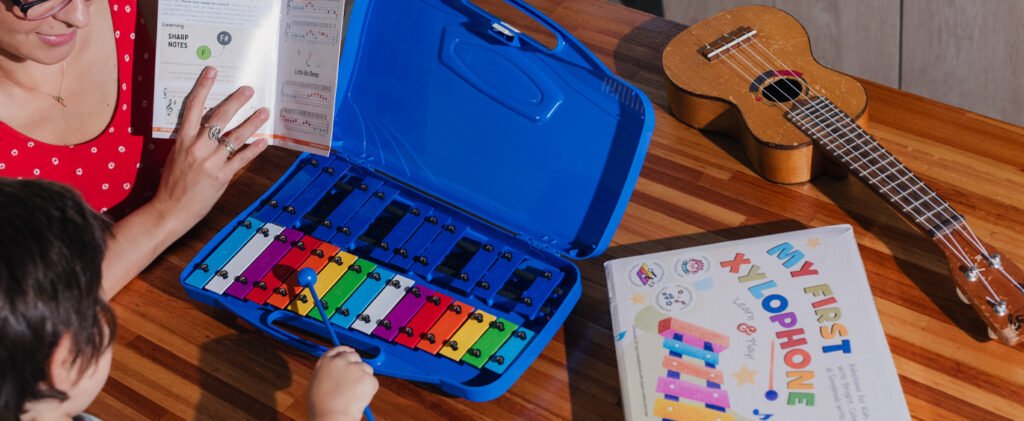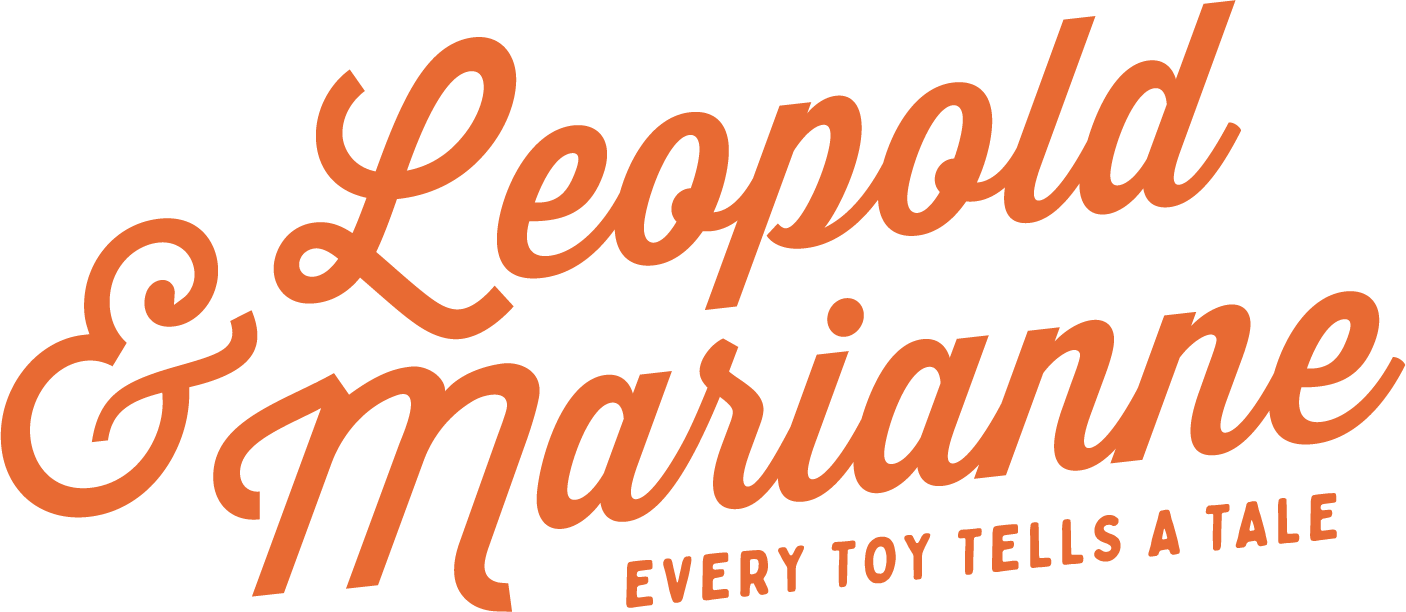
Many times, I get asked why our First Xylophone is called a “xylophone” when, technically, it’s a glockenspiel… or maybe even a metallophone. And, well, you got me—technically, yes. It’s not a xylophone. A xylophone has wooden keys.
As adults, we can agree that names are important. They help us categorize, communicate, and sound like we know what we’re talking about at dinner parties. But when it comes to kids? Do we really want to get technical with them? Or do we want to give them the freedom to explore music and art without bogging them down with labels?
Is it crucial for a 5-year-old to know the difference between a metal key and a wooden one? Or is it more valuable to let them explore sounds, textures, and creativity freely? Honestly, what if we just let the kid name the instrument? That’s what my kid did. He proudly named his glockenspiel “Fendiuk.”
Now, “Fendiuk” is a beloved member of our household. It gets played on all day long, often accompanied by intense performances and applause from the living room. My son couldn’t care less about the ongoing debate about glockenspiels and xylophones. He just loves his “Fendiuk”.
Table of Contents
The “Super Big Violin” Incident
Not long ago, we were watching a concert together. My kid’s eyes lit up as he pointed out the instruments: “That’s a violin! And that’s a… bigger violin! And that one’s the SUPER big violin!”
As a musician, I felt an immediate (and admittedly smug) urge to step in and explain: “Well, actually, that’s a violin, a viola, a cello, and a bass.”
But then I caught myself. Was that really the point? My kid wasn’t trying to pass a music theory exam—he was just marveling at the size and sound of the instruments. Instead of ruining the moment with a lecture, we turned it into a game. We started naming instruments based on what they reminded us of. The trombone? “The elephant.” The bassoon? “The giraffe.”
That experience sparked so much laughter and creativity. And guess what? My kid’s perception of music grew far more than it would have if I’d turned into Professor Mom. There’s plenty of time for technical knowledge later. For now, it’s all about wonder and play.
Rain, Clouds, and Talking Dogs
Here’s a little thought experiment. If your kid asks, “Why does it rain?” what’s your answer? Are you pulling out a whiteboard to diagram condensation and cumulonimbus clouds? Or are you encouraging their imagination with, “What do you think is happening? Maybe the clouds are crying because they watched a sad movie!”
Sure, they’ll learn about condensation and weather patterns eventually, but in the meantime, their imagination is growing. And that’s worth way more than knowing the Latin name for a rain cloud.
Same goes for bedtime stories. If you’re reading a tale about a talking dog, are you stopping mid-sentence to clarify that dogs don’t actually talk? Of course not. You’re letting them dive into the magic of the story because you know the real world will catch up soon enough.
Bridging the Gap for Adults
And let’s not forget the adults. So many grown-ups simply know the instrument as a “xylophone.” Why put up a wall between them and finding a great instrument for their kid just because we insist on technical accuracy? If someone’s searching for a xylophone, we want them to find us—no roadblocks, no music snobbery.
Music First, Labels Later
At the end of the day, we’ll keep calling things by their friendly names. Why? Because our mission is to make music accessible, not intimidating. We want kids to experience joy, creativity, and connection before they worry about getting all the names right. There’s a time for technical knowledge, and it’ll come soon enough. For now, let’s focus on the magic of making music together—Fendiuks, elephants, and all.
Conclusion
Let’s surround ourselves with music, prioritize the experience over the terminology, and add a little more joy to the world.
